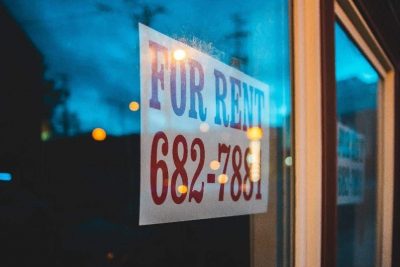Co-living is coping: How this niche multifamily sector is surviving COVID-19
 The co-living concept has grown from niche offering to a more mature multifamily product, growing from 100 to over 7,000 beds across North America in the past five years. One has to wonder, however, if the meteoric rise of this ultra-dense living set up may fall back to Earth in light of COVID-19.
The co-living concept has grown from niche offering to a more mature multifamily product, growing from 100 to over 7,000 beds across North America in the past five years. One has to wonder, however, if the meteoric rise of this ultra-dense living set up may fall back to Earth in light of COVID-19.
In the co-living model, residents have access to a small personal space, but they otherwise share common areas with other residents, such as living rooms and kitchens. Young professionals and those in need of workforce housing are drawn to this asset type for the shorter lease terms and as rents can be 20 to 30 percent lower than in comparable studio space. Developers and investors also like this asset type as the density leads to per-square-foot rent collection 25 to 50 percent higher than similarly sized, traditional apartment properties.
That was the situation in a pre-pandemic world. In a post-pandemic reality—one in which the need for social distancing should dissuade most residents from dense urban areas, let alone denser than usual living quarters—can this model still be a winner? Numerous indicators suggest that this niche is not only performing well under duress, it is in a great position once the economy rebounds.
According to a new report from Cushman & Wakefield, co-living rents declined from March to August of this year, though they performed better than traditional Class A urban assets. The average effective rent for a co-living space fell 9.4 percent this summer, compared to an 11.7 percent decline among Class A studio rentals, on a per-square-foot basis.
Landlords have increased their concessions during the pandemic, which has led to this widespread drop in effective market rents. The impact has been softer on co-living assets compared to traditional Class A studios as the former have actually increased their higher per-square-foot premium this year. In Q4 2019, Cushman & Wakefield estimates that co-living rents attained an 18.2 percent premium over traditional apartments. That figure rose to 22.2 percent during Q3 2020.
With many of their tenants furloughed or laid off due to the pandemic, many landlords have had a hard time collecting rents this year. Delinquencies among traditional product have ranged from 4.5 to 5.2 percent, but co-living assets haven’t experienced delinquencies above 4 percent. In fact, the percentage of rent collection in co-living properties fell below that of traditional assets in May, but the niche product has otherwise maintained better rent collection during the pandemic.
“The sustained strength of co-living through the current pandemic can be attributed to what our customers have been saying for years. A home needs to provide a sense of community and add value to everyday life,” said Noah Gottlieb, CEO of The X Company. “If owners can continue to deliver on that promise, co-living will continue to be successful agnostic of market conditions.”
The X Company is a Chicago-based co-living investment and development firm with activity in 10 markets. They operate two properties in Chicago, one in University Village and another in Logan Square. Other operators with assets in Chicago include The Collective, Quarters, Ollie and Common, which opened its largest co-living property in the city, Common Addams, in July.
Those operators and a slew of others have more than 54,000 beds in various stages of evaluation and development, according to Cushman & Wakefield’s co-living report. Some of these projects entered the development pipeline prior to COVID-19, but the pandemic hasn’t tapered their appetite.
All indications suggest that co-living will rebound quicker than comparable, traditional apartments. In a recovering economy, renters that are still attracted to urban submarkets will gravitate toward the more affordable rents that these spaces offer. As the sector evolves, we may see a shift from master leases towards management agreements, as well as an intermingling of conventional and micro-units in future developments.
“While co-living is likely to remain a relatively small percentage of the overall rental market, considerable opportunity for growth remains,” said Susan Tjarksen, Cushman & Wakefield managing director. “As with coworking, we are likely to see some versions of co-living becoming integrated into conventional concepts. All of which is to say that the road is open for co-living to continue growing into an established part of the multifamily market ecosystem and one that has a place in diversified portfolios.”
The expansion of the work-from-home experiment coming out of the pandemic is at odds with the current co-living model, though operators have begun to reorient their amenities to accommodate a greater need for in-unit work. However, the target audience for co-living spaces has a wide overlap with a new-to-market, early-in-their-career demographic—the type of employee who will need more in-office training and mentoring than their more seasoned peers.
While co-living will likely occupy a relatively small percentage of the overall rental market, that doesn’t preclude considerable opportunity for growth. As the asset class matures, it should play a role in any diversified portfolio.
Source: rejournals.com















 Accessibility
Accessibility